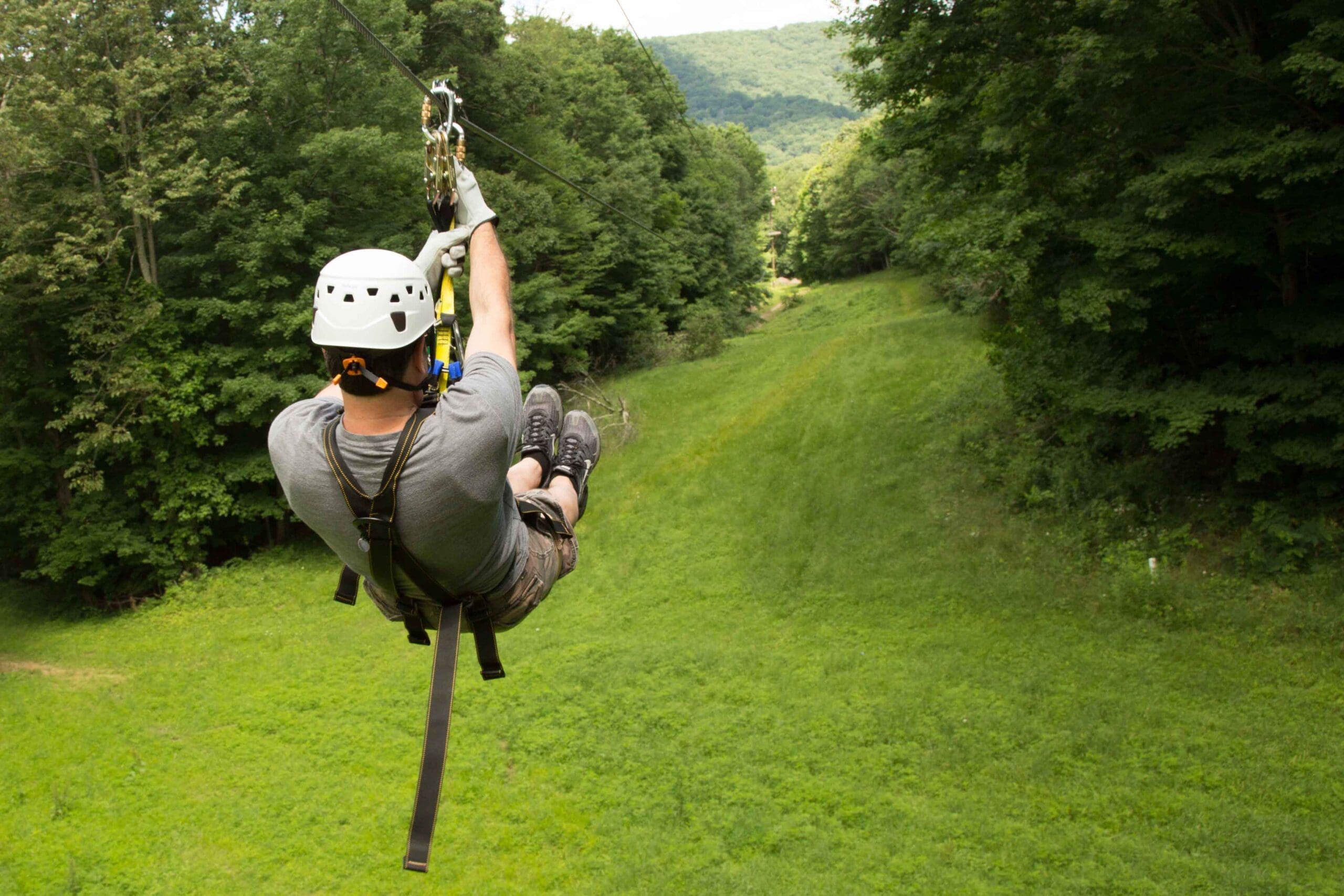Aggressive and acrobatic, the ruby-throated hummingbird is a tiny delight.

Illustrations by Robert Meganck
Hold a nickel in your hand. Feel the slight weight on your palm. It’s the weight of a couple of small grapes, of a teaspoon of sugar.
Now imagine that weight as a bird.
What you have in your hand is the heft of a fully grown ruby-throated hummingbird. Jeweled ornament of a flowering garden, microweight acrobat, and diminutive distance athlete, this thumb-sized bird is a harbinger of summer in Virginia.
The only breeding hummingbird in eastern North America, the ruby-throated hummingbird gets its name from a patch of throat feathers on adult males, which may appear black or dusky red but flashes a brilliant scarlet when seen from the right angle. Both male and female adults sport bright emerald-green feathers on their backs, as well.
Hummingbirds are, of course, notable particularly for their manner of flight: the blur of their rapidly beating wings, the way they can hover and dart, zip and pause. The ruby-throated hummingbird’s wings beat an astonishing average of more than 50 times per second, and researchers have found that they sweep their wings back and forth in a kind of figure-eight pattern, which seems to enable hummingbirds’ ability to fly backwards and sideways, and to hold steady in place to sip nectar—the birds’ primary food source—from flowering plants.
Their flight skills also make hummingbirds effective aerial combatants. Despite their tiny size, the males, in particular, are quick to do battle with each other to defend their territory and lay claim to a coveted food source. “They are quite aggressive little birds, which makes observing them and having them around the house fun and interesting,” says Dr. Ashley Peele, an avian ecologist and research scientist at Virginia Tech and coordinator for the Virginia Bird Breeding Atlas (VaBBA2.org). “Occasionally you see males getting in fights that go all the way down to the ground, and you will see them wrestling around on the ground with each other.”
Those fast-beating wings are also responsible for helping hummingbirds travel extraordinary distances. Ruby-throated hummingbirds are a neotropical migratory species, wintering in Mexico and Central America but flying north in the spring to a summer breeding range that extends from the U.S. Gulf Coast into Canada. The males arrive first, typically beginning to show up in late April in Virginia, says Peele. “They are motivated to get the best possible territory and get here as early as they can. They want to entice females to set up nesting sites in their territory.”

When the females arrive, the nests they build evoke something out of a fairy story, being thimble-sized and “made of thistle or dandelion down held together with strands of spider silk,” according to the Cornell Lab of Ornithology’s “All About Birds” website. The eggs, unscientifically speaking, are about the size of aTic-Tac candy.
When the nestlings hatch, there’s no time to waste in the business of growing up. Over the course of a single summer, they need to get to full adult size to be ready for the fall migration. The juveniles are usually the last to depart in the fall, making their way south without the aid of their parents, which raises a mystery that has long intrigued researchers: “How these young birds know when to go and where to go,” says Peele.
Ruby-throated hummingbirds cover the distance to their winter grounds in a matter of weeks. As summer wanes into fall, they’ll double and even triple their mass, consuming not only nectar but also small gnats, flies, and other insects to put on the muscle and fat necessary for the arduous journey. Some of the birds may make their way along the coast or across land, but others leap directly across the watery expanse of the Gulf of Mexico—crossing in a single night if at all possible, Peele says—only to make the flight again in the spring when returning north. Peele recalls the fortunate timing of being on a small island off the coast of Louisiana in the spring when ruby-throated hummingbirds, driven across the Gulf ahead of a storm front, began landing. “All these little hummingbirds were just hitting land and grabbing the grass blades waving around in the wind.”
Astonishingly, every spring the hummingbirds will return to the same spot—often the very same yard—where they spent the previous summer. “These birds have amazing capacity to remember very specific navigation information,” says Peele.
Want to make your yard a haven for hummingbirds to come home to? Plant native flowers such as the cardinal flower (“The birds go absolutely crazy for them,” says Peele), coral-bell honeysuckle, and jewel weed. Add a fresh water source. Keep the cats inside. Come summer, you may be rewarded with your own emerald bounty.
This article originally appeared in our June 2019 issue.








